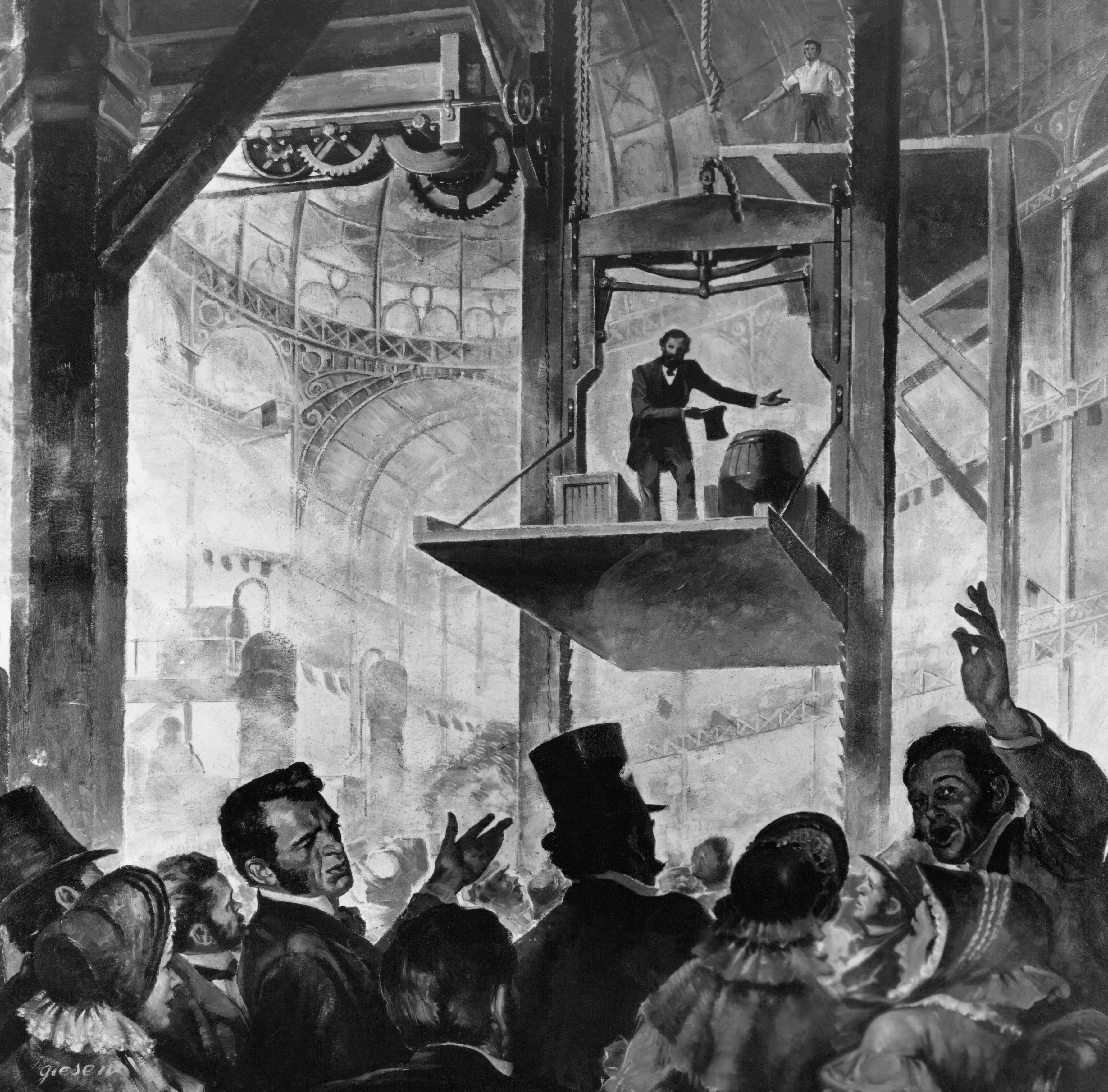|
Sant'Anna (Genoa)
The Church of Saint Anne (), with the adjacent convent and pharmacy of the Discalced Carmelites, is a Roman Catholic church located in the residential quarter of Castelletto in Genoa, Liguria, north-western Italy. The village - now surrounded by the city - is still intact, with its leafy trees, cobbled walkways and open views from Salita Bachernia over the Gulf of Genoa, the harbor and the Old City. History The convent of Saint Anne was founded in 1584 under the impulse of father Nicolò Doria, who returned from Spain to the Republic of Genoa to establish a monastery twenty years after the reformation of the Carmelite Order operated by Saint Theresa of Avila and Saint John of the Cross. The pharmacy, still operating and currently known as Antica Farmacia Sant'Anna, was already documented in 1650. At the time of the foundation, the area was identified by the phytonym Bachernia, a reference to the berries of ''Rosa Canina'' (Italian: ''bacca''), which is still used today to na ... [...More Info...] [...Related Items...] OR: [Wikipedia] [Google] [Baidu] |
Genoa
Genoa ( ; ; ) is a city in and the capital of the Italian region of Liguria, and the sixth-largest city in Italy. As of 2025, 563,947 people live within the city's administrative limits. While its metropolitan city has 818,651 inhabitants, more than 1.5 million people live in the wider metropolitan area stretching along the Italian Riviera. On the Gulf of Genoa in the Ligurian Sea, Genoa has historically been one of the most important ports on the Mediterranean: it is the busiest city in Italy and in the Mediterranean Sea and twelfth-busiest in the European Union. Genoa was the capital of one of the most powerful maritime republics for over seven centuries, from the 11th century to 1797. Particularly from the 12th century to the 15th century, the city played a leading role in the history of commerce and trade in Europe, becoming one of the largest naval powers of the continent and considered among the wealthiest cities in the world. It was also nicknamed ''la S ... [...More Info...] [...Related Items...] OR: [Wikipedia] [Google] [Baidu] |
Rosa Canina
''Rosa canina'', the dog rose, is a variable climbing, wild rose species native to Europe, northwest Africa, and western Asia. Description The dog rose is a deciduous shrub normally ranging in height from , though it can scramble higher into the crowns of taller trees. Its multiple arching stems are covered with small, sharp, hooked prickles, which aid it in climbing. The leaves are pinnate, with 5–7 leaflets, and have a delicious fragrance when bruised. The dog rose blooms from June to July, with sweet-scented flowers that are usually pale pink, but can vary between a deep pink and white. They are in diameter with five petals. Like other roses it has a quintuscial aestivation. Unusually though, of its five sepals, when viewed from underneath, two are whiskered (or 'bearded') on both sides, two are quite smooth and one is whiskered on one side only. It has usually 10 or more pistils, and multiple stamens. Flowers mature in September to October, into an oval, , red-orange h ... [...More Info...] [...Related Items...] OR: [Wikipedia] [Google] [Baidu] |
Elevator Magenta-Crocco
An elevator (American English) or lift (English in the Commonwealth of Nations, Commonwealth English) is a machine that vertically transports people or freight between levels. They are typically powered by electric motors that drive traction cables and counterweight systems such as a Hoist (device), hoist, although some pump hydraulic fluid to raise a cylindrical piston like a Hydraulic jack, jack. Elevators are used in agriculture and manufacturing to lift materials. There are various types, like chain and bucket elevators, grain augers, and hay elevators. Modern buildings often have elevators to ensure accessibility, especially where Inclined plane, ramps aren't feasible. High-speed elevators are common in skyscrapers. Some elevators can even move horizontally. History Pre-industrial era The earliest known reference to an elevator is in the works of the Roman architect Vitruvius, who reported that Archimedes ( – ) built his first elevator probably in 236 BC. Sources ... [...More Info...] [...Related Items...] OR: [Wikipedia] [Google] [Baidu] |


